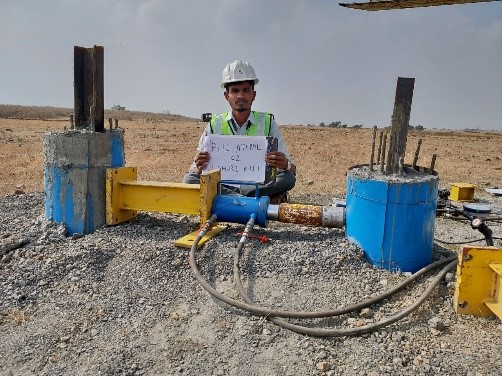
The Lateral Pile Test stands as an indispensable procedure within the realm of ground-mounted solar projects, serving a specific purpose: to assess the sideways load-bearing capability of the piles. This evaluation holds paramount importance in determining the project’s resilience, particularly in the face of seismic activity. Its primary objective is to ascertain whether the structure can effectively withstand lateral forces without compromising its stability, thus ensuring the project’s overall durability and reliability.
Conducting the lateral pile load test in the field prior to solar installation is crucial as it enables the proactive identification and resolution of potential issues or weaknesses related to lateral loads. By doing so, the robustness of the solar project against seismic events can be assured. This proactive approach significantly mitigates risks associated with earthquakes, thereby enhancing the project’s overall reliability and durability.
One of the key advantages of the lateral pile load test is its ability to provide a comprehensive evaluation of the lateral capacity of piles. This thorough assessment contributes significantly to the structural integrity and safety of ground-mounted solar installations, particularly in areas prone to seismic activity. By identifying and addressing any potential shortcomings in lateral load-bearing capacity early on, the test serves as a preemptive measure, bolstering the project’s resilience and ensuring its ability to withstand seismic events effectively. In essence, the lateral pile load test plays a crucial role in mitigating risks associated with earthquakes, thereby enhancing the overall reliability and durability of ground-mounted solar installations. Its proactive nature allows for the identification and rectification of potential issues before they can pose a threat to the project’s structural integrity, ultimately contributing to its long-term success and safety in seismic-prone regions


